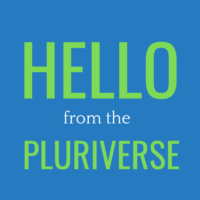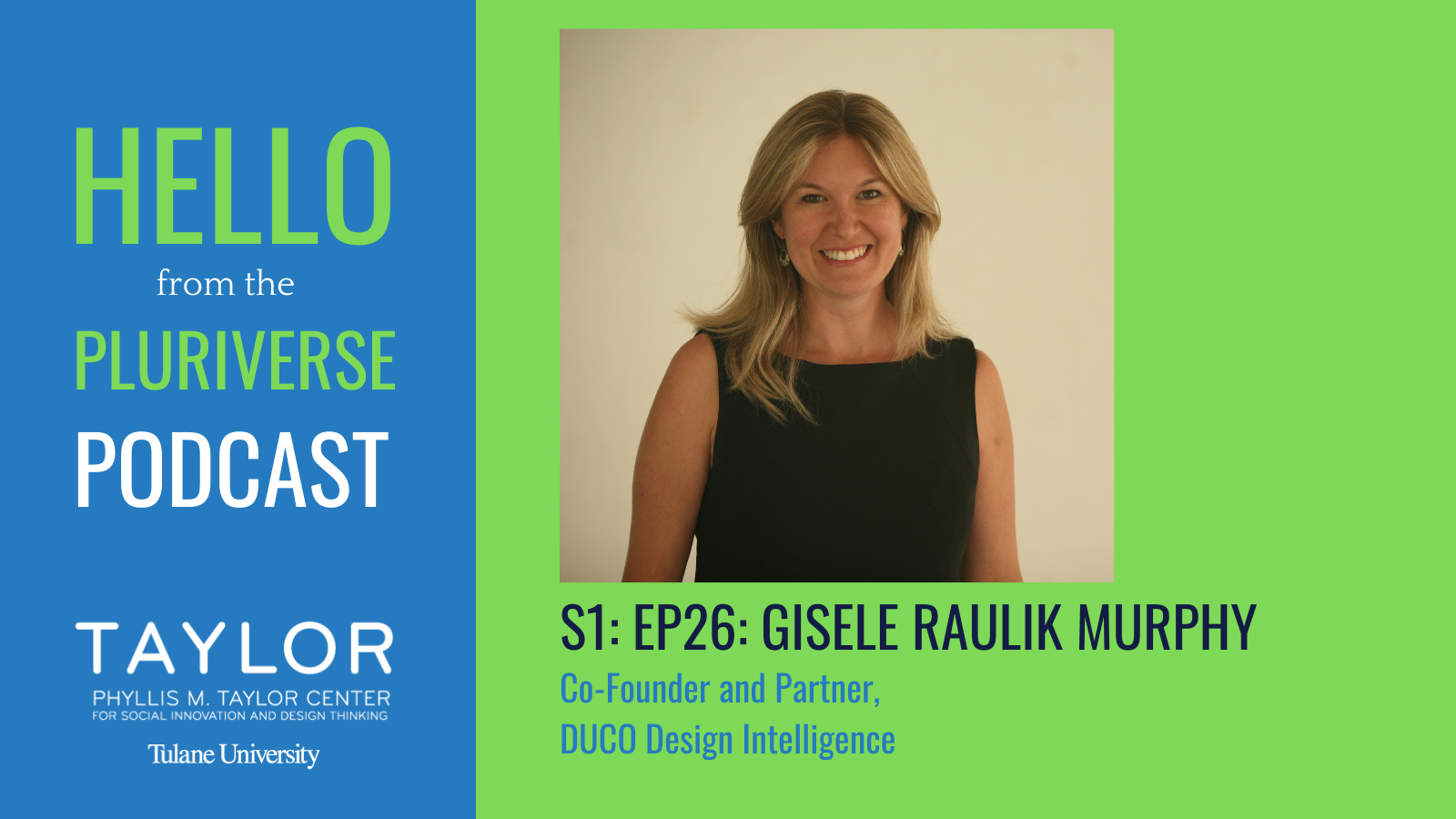Gisele Raulik Murphy is the Co-Founder and Partner at DUCO Design Intelligence based in Brazil. In March of this year, Gisele founded WIM Angels, which stands for Women Investment Movement, a network of angel investors that invests in high-impact startups founded by women in tech. Gisele is passionate about collaborative work that helps groups to co-create innovative solutions, particularly in the context of public policies and cultural change. Gisele has a PhD in public policy for design and innovation from the University of Wales and a Masters in Strategies for Design and Innovation from Brunel University.
Connect with Gisele Raulik Murphy:
Pluriverse Publication Chapter: Gisele Raulik Murphy
Written by Sam Beale and edited by Natalie Hudanick.
Download a PDF Layout of the Gisele Raulik Murphy Chapter of the Pluriverse Publication.
“Everything that I live, everything that I am makes an impact on how I am as a designer.”
These are the words of Gisele Raulik Murphy, a designer from Curitiba, Brazil. Gisele has worked as a designer in both the private and public sectors. Today, she is a partner at DUCO, a consulting firm that uses design strategies to bring greater innovation to businesses and governments.
Gisele lives in her hometown of Curitiba, the largest city in the province of Paranà, Brazil. She remembers her childhood in the once-small city of Curitiba fondly: “We played on the streets … we never had problems with danger … it was a great childhood.” Since then, Curitiba has grown rapidly. Gisele feels that her kids, who are four and eight years old, have not had the same experience of the city as she has. “My kids can’t play on the streets. There’s a danger with too many cars on the streets. So certainly, childhood here is different now.”
Gisele says that most Brazilians stay near their hometowns, or at least in the country to go to college. However, she has always wanted to learn from living abroad. When she was 26, she went to the UK to get her masters and stayed there for 10 years, working, and getting her doctorate. She met her husband there, and they eventually moved back to Curitiba to raise children. Although Gisele considers Curitiba a good place to live overall, she and her husband are looking to move somewhere else in the world. “That’s my nature,” said Gisele, “I don’t like staying in the same place for so long … I want that for my kids, as well.”
Through her experiences studying and living abroad, Gisele has become attuned to the ways that design is different given the time, place, and identity of the designer. She calls this “luggage,” as she believes every designer carries their experiences with them. When comparing the most commonly recognized centers of design, Milan, London, and San Francisco, to Brazil, Gisele says that Brazilian designers “don’t have the same refinement in product design …. But on the other hand, we are very creative. Maybe this is because we don’t have the same resources.” Product design is not necessarily the main output of design anymore. Gisele remembers that in the nineties, design was mainly focused on products. But over time though, design has become more and more focused on discovering novel solutions to social problems. Her passion for design and design thinking has been evolving over time, just like design itself, starting with influences from her grandfather, an industrial designer. In this change, Gisele has found her passion and strength: “I think design solves problems, and when I am able to solve a problem with design, that’s everything to me.”
Two of Gisele’s most memorable projects used design as a means for increasing women’s rights. The first of these projects set out to design something to reduce rates of violence against women. Originally, DUCO came up with a device that has a button that women could press to get help. However, after talking to women who had experienced violent incidents, Gisele’s team determined that the device would not be helping as much as they would have hoped. It was revealed through interviews that the women were concerned that using the device involved carrying it around and anticipating a violent incident. After taking in this information, Gisele’s team redesigned the device to be an app, so it was right there on the women’s phone. In using design principles, Gisele’s team made a product that would be effective in helping women get out of violent situations.
In a second project, DUCO partnered with Johnson and Johnson to develop a product that would help women with endometriosis. DUCO assembled a team of doctors, nurses, and government officials to work on the project. The team’s first initial instinct was to try and produce a medicine that would help women with endometriosis manage or eliminate their symptoms. But another expensive, perhaps even disruptive, medicine was not actually what most of the women with endometriosis wanted. What they really wanted and needed was social policy. Historically, employers have viewed women with endometriosis as lazy or unreliable, as they often have to take 2-3 days off each month in order to deal with the disease. This has resulted in discrimination in hiring and the workplace. The team discovered that the best thing they could do for women with the disease was to introduce a federal policy that protected them from losing their jobs because of endometriosis, and so they moved forward with a campaign on raising awareness about the disease. Design helped to lead DUCO to create something that would actually help to provide some solutions to the social problems of endometriosis.
Based on her experiences in trying to solve difficult social problems, Gisele believes that design can help anyone in their work. She encourages people who are in more rigid, linear disciplines or mindsets to try and “be open to the world.” For designers, nothing is linear, there may be a line, but design is about stepping off of the line to find solutions, and that is exactly where creativity thrives. Despite the fact that most areas of work have clear-cut procedures and techniques, Gisele stresses that “nothing is black and white.” She believes that this is the root of creative solutions: “creativity is the skill of taking two things that are apparently not connected, then creating something that’s not one or the other, but a third thing that connects both. It’s these connections that make things brilliant.”
- Instagram: @hellopluriverse
- Twitter: @hellopluriverse
- Email: taylor@tulane.edu
- Subscribe to our newsletter
The Hello from the Pluriverse Podcast aims to open up and create a space to have conservations about the pluriversality in design.
This podcast is a project of the Design Thinking for Social Innovation Program at the Phyllis M. Taylor Center for Social Innovation and Design Thinking at Tulane University.
Executive Producer: Lesley-Ann Noel, Ph.D
Sound editing
-
- Niamh Brennan
- Lavonte Lucas: (http://xn--vonni-fsa.com/, Instagram: @vonnieradass, Twitter: @vonnieradass)
Hello from the Pluriverse 2020-2021 Student Team
-
- Natalie Hudanick and Michaeline Anglemire – Podcast Leads
- Tiwani Oseni – Communications
Hello from the Pluriverse 2019-2020 Student Team

